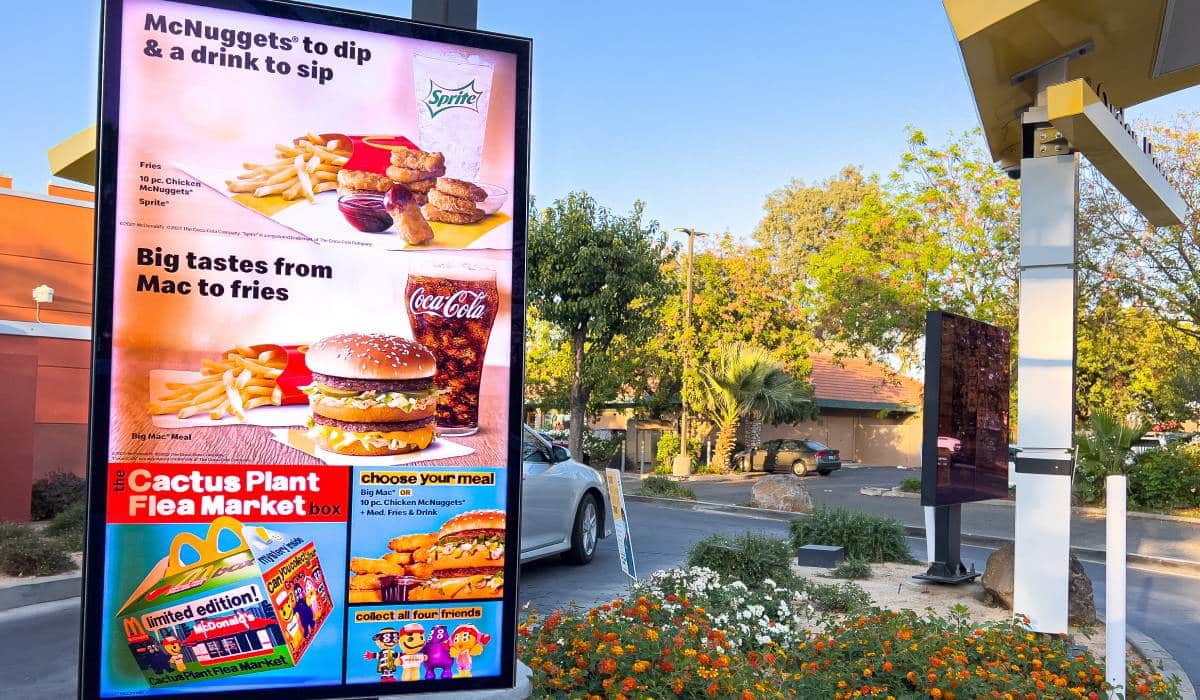About 10 years ago, I was asked to write a paper on the future of restaurant revenue management, and in a moment of weakness, I said yes. I started talking to some of my favorite revenue management experts to gather their insights. But honestly, my initial drafts were quite dull. Then, I had a conversation with my friend Jonathan Beard at Disney. He explained how Disney approaches revenue management across its various businesses, whether it’s a theme park, a restaurant, a golf course, or a cruise line. He emphasized that it always revolves around the traditional four Ps of marketing, with an added fifth P for people, all supported by a robust infrastructure.
As Jonathan spoke, I realized I really liked his approach and asked him to be my co-author to incorporate his brilliant ideas. His insights were incredibly valuable for structuring restaurant revenue management. Let’s delve into this framework, focusing specifically on fast food.
Infrastructure: The Foundation
Before diving into the five Ps, it’s crucial to understand that without a solid infrastructure, you won’t get far. This infrastructure includes your data, system integration, processes, and company culture. Without these foundational elements, all your efforts in promotion, pricing, and product management will be less effective.
Placement
Placement has three critical components: distribution management, menu design, and layout and kitchen design. Distribution management involves how you manage your delivery networks, such as Uber Eats, GrabFood, and other delivery services. Menu design focuses on structuring your menu to maximize revenue. Layout and kitchen design involve optimizing your restaurant setup and ensuring your kitchen is designed to handle busy periods efficiently, determining how much space to allocate for delivery, dine-in, and drive-thru.
Product
Product management involves deciding which items and how many items to have on your menu. Recent trends have focused on reducing the number of menu items, making menu engineering more important than ever. This process helps determine the most profitable and popular items to keep on your menu.
Pricing
I’ve talked about pricing a lot in many of my previous articles. Dynamic pricing involves adjusting prices based on demand. Bundling offers combo meals that encourage higher spending. Psychological pricing utilizes strategies that encourage more sales. Additionally, considering add-ons and service fees can further enhance revenue by charging for additional items or services.
Promotion
Promotions are essential for driving demand during slow periods. Key considerations include identifying when you need to boost demand, determining which types of promotions will be most effective, and optimizing your promotion mix to maximize impact.
People
Managing people is crucial, especially given the current labor shortages and high labor costs. Key aspects include staffing and scheduling to ensure you have the right people at the right times to handle busy periods. Training employees to upsell effectively can significantly increase revenue. Technology integration can assist with both upselling and staffing efficiency. Additionally, managing your delivery drivers effectively is important, as they represent your brand to customers.
Conclusion
The five Ps—Placement, Product, Promotion, Pricing, and People—are essential for effective revenue management in fast food. But remember, all these elements rest on a strong infrastructure. If this approach works well for a company like Disney, there’s a good chance it will work well for your quick-service restaurant, too. By focusing on these areas, you can optimize your revenue management strategies and drive your business forward.
In my next few articles, I’ll dive into each of the 5 Ps in more depth. And, of course, we’ll talk a bit about the infrastructure. Stay tuned to learn more about how to enhance your restaurant revenue management.
Sherri Kimes is an Emeritus Professor at Hotel School at Cornell and specializes in pricing and revenue management. She has actively involved with teaching, conducting research and consulting in restaurant revenue management for the past 25 years. She is passionate about helping restaurants increase profitability. She can be reached at sk@sherrikimes.com.




